The 2010 U.S. Census recorded 47,042 black Americans with Franklin as their last name.
That represented 39% of the total of 120,621 entries.
This article compares census numbers before and after the Civil War. We also look at historic African American people named Franklin in the last three centuries.
We end with a review of early records of black military service in the United States.
After The Civil War
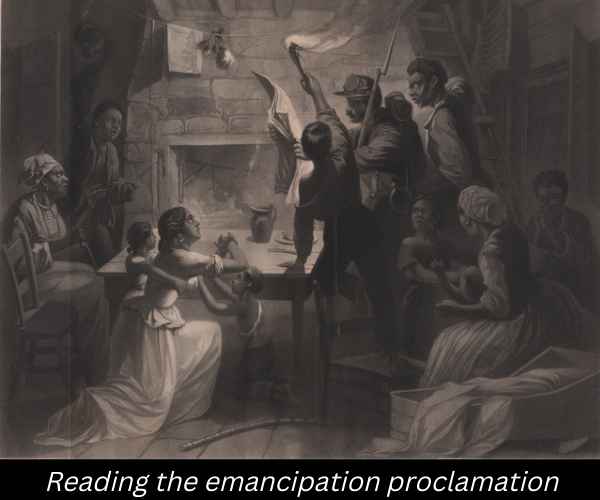
The 1870 census was the first survey after the Civil War and the Emancipation Proclamation. In 1850 and 1860, only free African Americans were recorded in the census. The many enslaved were omitted.
From 1870 onwards, all black Americans were included.
4,857 people named Franklin were recorded in the 1870 census as black and 754 as mixed.
There was a total of 17,965 people with the name.
Franklin In The 1900 And 1940 Census
The mixed category was dropped from the census in 1900, so we just need to look at the black numbers this time.
The 1900 census recorded 12,714 people with the last name Franklin as black within a total of 35,124 that year.
By the way, the mixed category returned in the 1910 and 1920 censuses. It was dropped again in 1930, but replaced with extra categories for colored and non-white in a way that seems confusing now.
This changed again in 1940 and we can simply focus on one black category.
The 1940 census recorded 17,931 people named Franklin as black within a total of 58,830.
Historic Black Figures With The Franklin Surname
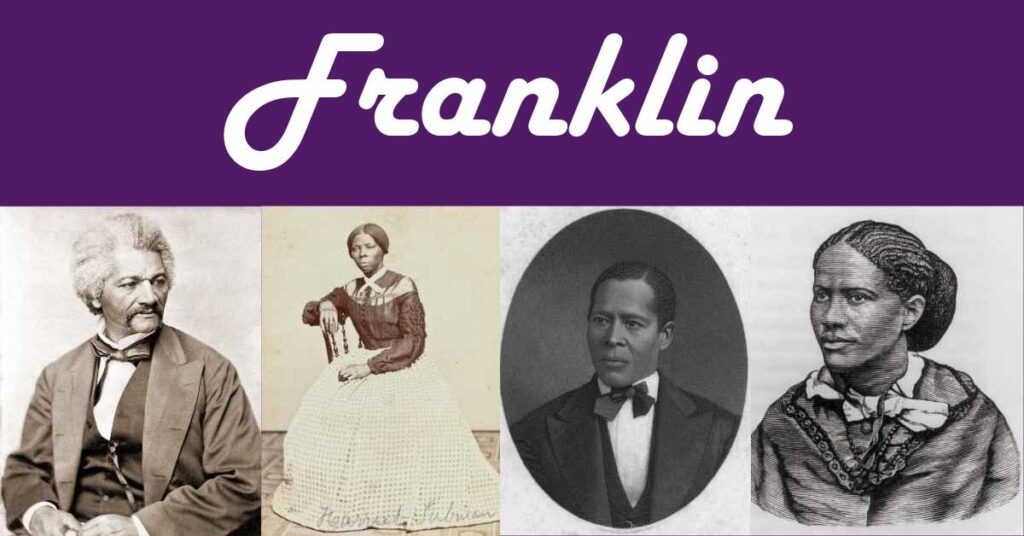
Here are some notable African Americans in history with Franklin as their last name.
Coralie Franklin
- Born: 1861
- From: Lexington, Virginia
- Died: 1942
Coralie Franklin was born to enslaved parents in Virginia. She was a great-granddaughter of Elizabeth Hemings, the mother of Sally Hemings (enslaved by Thomas Jefferson).
Carolie graduated from college at Harper’s Ferry, the only black institute in West Virginia at the time.
When she taught at Howard University, she met George William Cook who was dean there. They married in 1898.
Coralie Franklin Cook was a prominent educator in Washington. She spent twelve years on the Board of Education.
She was also a staunch proponent of women’s rights, and was heavily involved in leagues and clubs for black women.
Coralie was eventually disillusioned by how the suffrage movement had ignored black interests. But she continued to battle in later years against the effects of the Jim Crow laws.
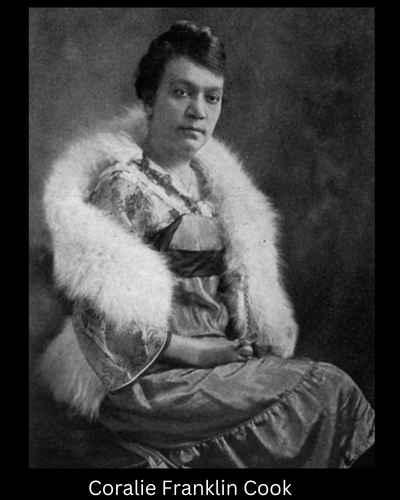
Buck Colbert Franklin
- Born: 1879
- From: Pontotoc County, Oklahoma
- Died: 1960
Buck Colbert’s father, David, escaped from slavery and fought for the Union in the Civil War. David later became a successful rancher and Buck grew up working on the ranch.
A keen student, Buck attended Morehouse College where he met his wife, Mollie Lee Parker. He studied law through a correspondence school while working as a teacher and postmaster.
He established a legal practice in Tusla in 1921 in the prosperous black community known as the “Black Wall Street”. That year, the area was attacked by mobs instigated by white businessmen determined to drive their competition out.
This is known in history as the Tusla Race Massacre. Buck’s law office was one of the many buildings to be destroyed.
In the aftermath, he set up a tent to provide legal assistance the many African Americans whose buildings were destroyed.
Franklin was one of the earliest black lawyers to come to prominence. Some others of that era were:
- William Henry Lewis, appointed as Assistant Attorney in Boston by Teddy Roosevelt
- George Vaughn, fought a landmark anti-eviction case in St Louis
John and Mollie had four children. We’ll look at one of them in the next section.
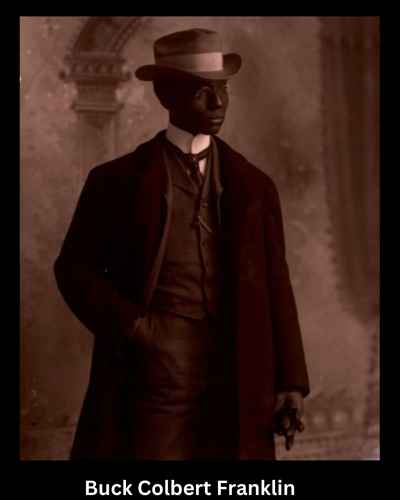
John Hope Franklin
- Born: 1915
- From: Rentiesville, Oklahoma
- Died: 2009
John Hope was a son of Buck Colbert Franklin. He graduated from Fisk University in Nashville, and obtained a doctorate from Harvard in 1941.
After nine years teaching at Howard University, he was recruited to run Brookly College’s history department. This made him the first black historian to hold such a prestigious academic position. He joined the University of Chicago in 1964, and was a visiting professor at the University of Cambridge (England).
The above is just a part of his many prestigious appointments through a long academic career.
This was a career that was nearly derailed by his advocacy for freedom of speech in academia. He spoke up in defense of W.E.B. Du Bois when the renowned educator was under fire in an era of hysterical anti-communism.
Franklin may have not shared the same beliefs, but he was vocal in support of diverse debate in philosophy and politics.
His greatest work was “From Slavery To Freedom”. This landmark book, published in 1947, put the black experience into the center of American history. He inspired generations of black historians.
Franklin In Black Military Records
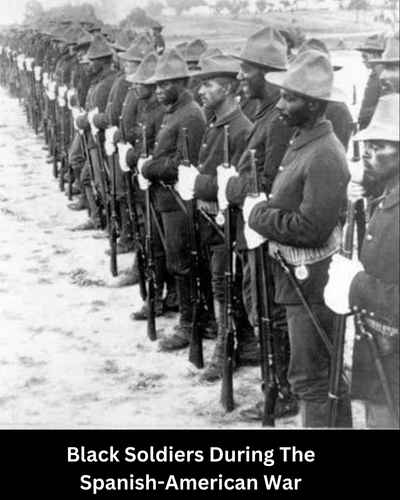
Military records are a rich resource of for family history research. Here are examples of the Franklin surname from three different military services:
- Buffalo soldiers
- Black civil war sailors
- Tuskegee airmen
Buffalo Soldiers
Five regiments for black soldiers were formed during the Civil War. They were known as the Buffalo Soldiers.
Their records are part of the national archive of military monthly returns. The information includes the year and place of birth, where they enlisted, their occupation, and their height.
One of the earliest military entries for Franklin was in 1867. Edward Franklin was a Private in the United States Tenth Cavalry. He was stationed in 1867 at Fort Hays.
After the Civil War, the next major military involvement of black soldiers was the Spanish-American War that commenced in April 1898. Many African Americans fought in Cuba.
One of the later entries was in 1914. George Franklin was a Sergeant in the United States Ninth Cavalry.
If you are researching military ancestors, there is a free index of these records on Ancestry.com and FamilySearch.org.
You have to create an account on either website, but you do not need to pay for the Buffalo Soldiers archive.
Black Civil War Sailors
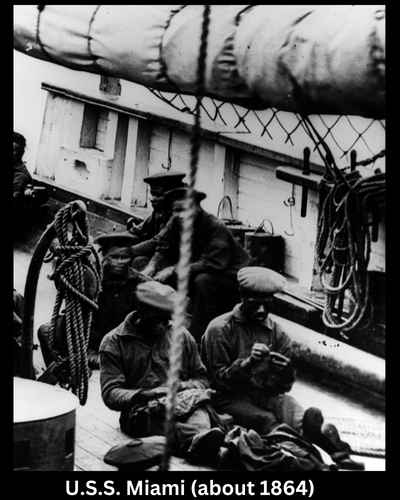
The National Parks Service has a free archive of African American sailors during the Civil War.
The information includes their age, height, rank, occupation, and where and when they enlisted. It also includes every ship that they served on.
You can search the database on the National Parks website.
Edgar Franklin
One of the earliest entries for Franklin was for Edgar Franklin from Suffolk County, North Carolina. He enlisted in 30 November 1862 at Hampton Roads when he was aged 16.
The record shows that Edgar was assigned on January 1863 to the ship New Ironsides.
His occupation before enlisting was as a Laborer. His naval rank was 2nd Class Boy.
“2nd Class Boy” was a rank assigned to young men who were under eighteen when they enlisted.
David Franklin
One of the later entries was for a sailor who enlisted at New York in November 1863. David was aged 23 and was from New York.
He was assigned to the ship Dawn on March 1865.
His occupation before enlisting was as a Cook. His naval rank was Ordinary Seaman.
An ordinary seaman in the Navy is an apprentice who serves on the deck.
Black Soldiers In the First World War
The 92nd Division was composed entirely of African American troops. They fought on many battlefields in France during World War One.
The 92nd held strategic outposts to the east of the Moselle River and launched attacks on enemy positions.
That included an advance on Bois Frehaut on the 10th November 1918. The troops came under heavy machine gun fire.
Private Frank W. Franklin was commended in dispatches for excellent and meritorious conduct. He was an enlisted member of Company A, 366th Infantry.
The 371st Infantry Regiment was another black regiment fighting in France. You can check out some of their courageous exploits in our article on African Americans named Byrd.
Tuskegee Airmen

The Tuskegee Airmen were military personnel who served at the Tuskegee Army Airfield or related programs.
Nearly one thousand black pilots graduated from the Tuskegee Institute. They flew single-engine fighter planes or twin-engine bombers. 352 fought in combat.
George Franklin graduated from the Tuskegee Institute in 1944. He qualified as a fighter pilot. George was from Joliet, Illinois.
John Franklin came from Toledo, Ohio. He graduated in 1943 as a Liaison pilot.
There was one more Franklin there. You can find a full roster in our list of Tuskegee Airmen.